What Causes Potholes? 7 Most Common Causes Of Pothole Formation
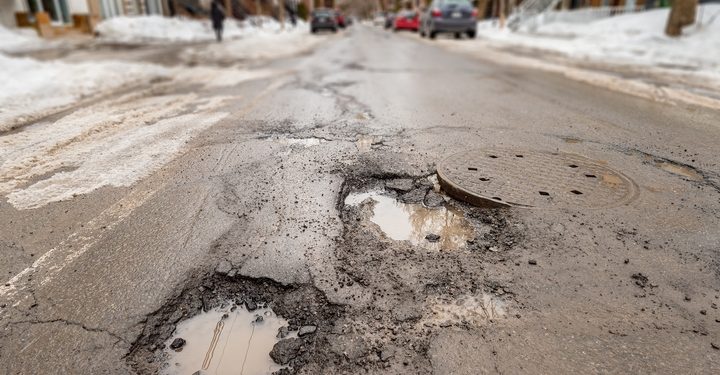
Whether you are driving through a busy intersection, or just casually entering a residential part of the neighborhood, there is bound to be some fault on the road. This could come in the form of heavy traffic or signs that appear uninterpretable.
One issue that causes major trouble for drivers everywhere is the issue of potholes. Potholes can be more than just a drag. In addition to being a huge cost to the respective city, they are sometimes just disregarded as a problem we all have to deal with.
Fortunately, potholes can be easily fixed. There are various pothole repair solutions that can be used to patch up the roads. What causes potholes to form though? Here are seven of the most common causes for pothole formation:
1. Wear And Tear
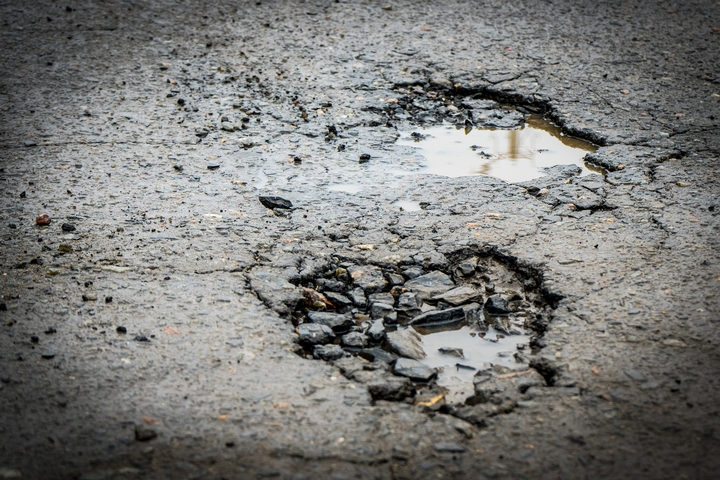
Aging is a process that affects both tangible and intangible things. We are not immune to getting older, just as roadways aren’t immune to remaining smooth and durable. As such, when pavement is exposed to several years of use by vehicles, it eventually becomes subject to inevitable fatigue.
As the health of the pavement continues to deteriorate, it loses its flexibility and resistance to water. If not catered to in a timely manner, then the lower layers of its structure become washed out, resulting in cracks. The natural aging process is one of the common causes for potholes, which will eventually manifest if the cracks begin to enlarge.
2. Weather

You may be wondering what causes potholes more frequently during the colder months of the year? The likelihood of pothole formation will increase due to the overall temperature. In the winter, water can freeze within the cracks. This frozen water then forcefully pushes out the asphalt within the pavement.
Of course, when the warmer weather inevitably returns, the frozen water inside the pavement will melt. However, once the water melts, there is nothing of substance left to fill the void left by the asphalt. With the crack now subject to expansion, a pothole is the most likely result if no proper maintenance is conducted.
3. Heavy Traffic

Normally, roads that are less frequently traversed can hide the problematic nature of pothole formation. However, this likely won’t be possible in the case of a main intersection. Pavements that are consistently used on a day-to-day basis will contribute to the overall likelihood of a pothole being created.
This largely comes down to the weight that the pavement has to endure. An abundance of vehicles on the road every single day eventually wears down the flexibility of the pavement. Surfaces begin to crack, which eventually falls into gaps below within the road. As a result, this creates a pothole, the size of which can vary.
4. Improper Patching
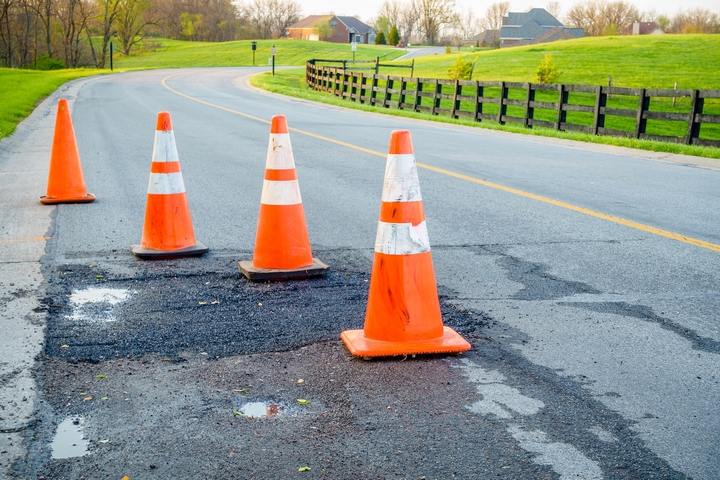
Daily maintenance, usually by construction crews of some variation, will help keep the possibility of pothole formation at bay. However, an improper job will reopen that chance of a pothole manifesting on the road. Not only can a bad patching expose the pavement to the factors contributing to a pothole, but it worsens the pavement’s overall health even more so.
Defects within a pavement can be improperly patched by a repair job, and subsequently be left to continued wear and tear. Moisture, as a result, is able to infiltrate these defects in the road and chips away at the interior structure. Once this happens, a pothole is almost guaranteed.
5. Poor Water Drainage
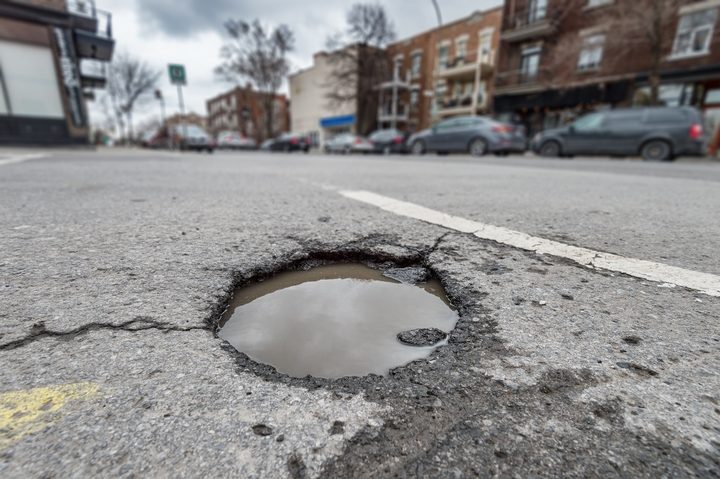
A lack of proper drainage can also be a blatant cause for pothole formation. The likelihood of a pothole being created can be correlated to the status of a low and flat surface. If there is a ditch that is not at least three feet deeper than the road’s low and flat surface, water cannot properly be drained.
Potholes can also occur whenever water can’t escape from a road surface. As such, maintenance crews should be cognizant of their ability to drain water from a road’s surface. Trying to superficially repair the problem will only make it that much worse in the long run.
6. Asphalt Used Is Weak
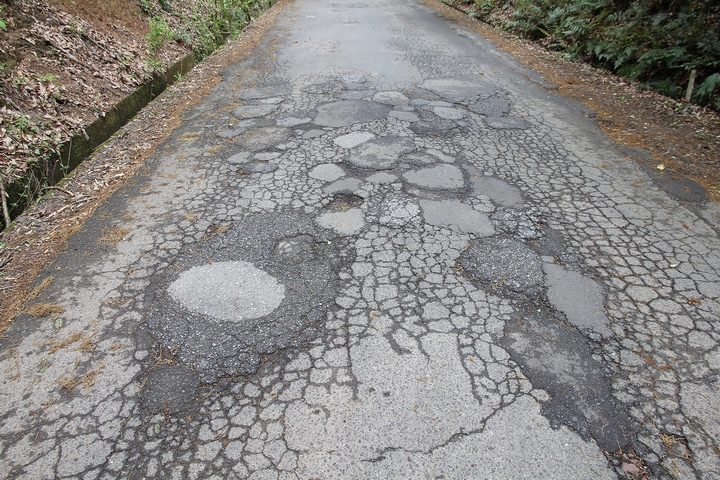
Asphalt is a common way to structure road surfaces. It just needs to be warmed and applied until it becomes hard. It’s also porous in order to absorb road noise; but this makes it less durable. Research has found that this weakened durability makes the road surfaces susceptible to pothole formation, as a result of the pores not allowing water to drain effectively.
7. Incorrect Utility Installation
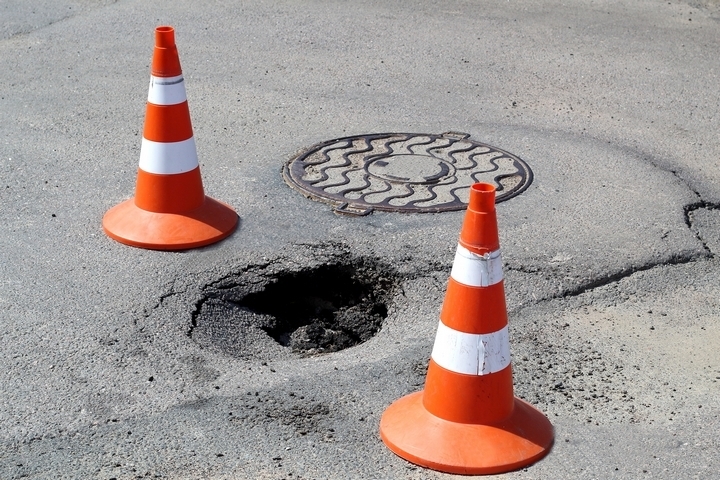
Utilities installed under roadways through various construction methods can be the basis of pothole formation. Typically, this is due in large part to the road structure not being rebuilt to the existing structure’s height. In addition, the surrounding material may have been disturbed by losing its overall compaction. All relevant areas being properly rebuilt can solve this issue.


